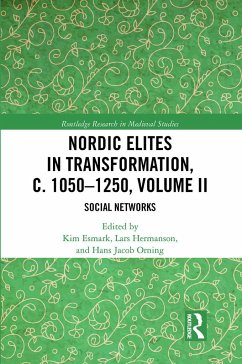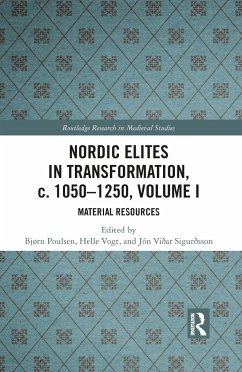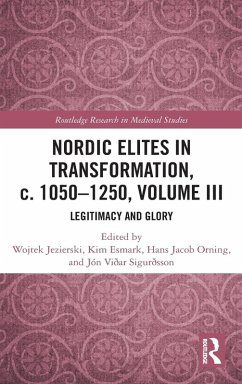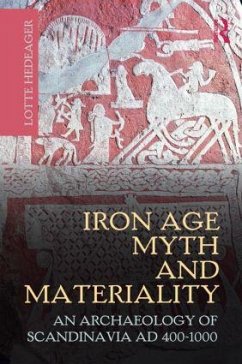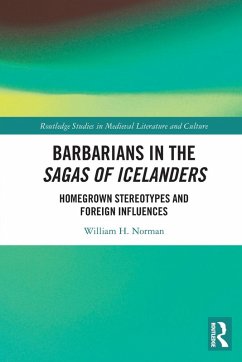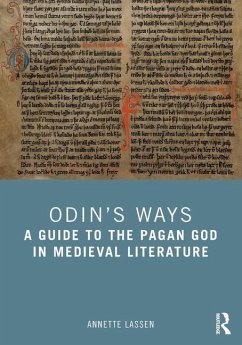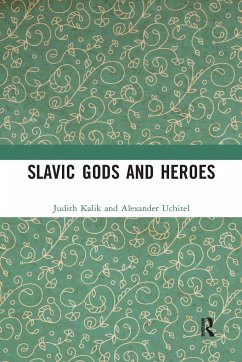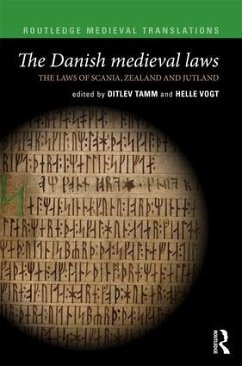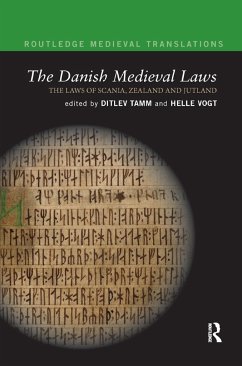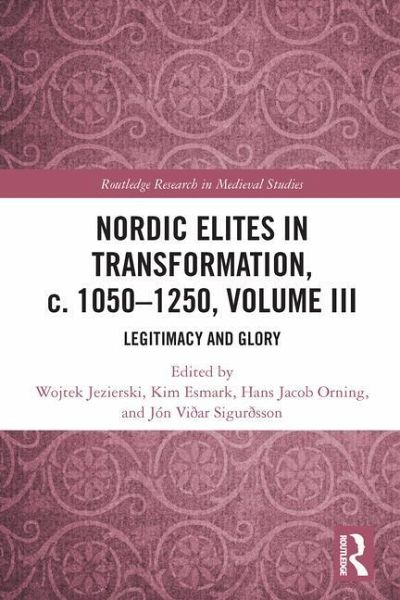
Nordic Elites in Transformation, c. 1050-1250, Volume III
Legitimacy and Glory
Herausgegeben: Jezierski, Wojtek; Esmark, Kim; Orning, Hans Jacob; Sigurðsson, Jón Viðar

PAYBACK Punkte
23 °P sammeln!
This book explores the practical and symbolic resources of legitimacy which the elites of medieval Scandinavia employed to establish, justify, and reproduce their social and political standing between the end of the Viking Age and the rise of kingdoms in the thirteenth century. Geographically the chapters cover the Scandinavian realms and Free State Iceland. Thematically the authors cover a wide palette of cultural practices and historical sources: hagiography, historiography, spaces and palaces, literature, and international connections, which rulers, magnates or ecclesiastics used to compete...
This book explores the practical and symbolic resources of legitimacy which the elites of medieval Scandinavia employed to establish, justify, and reproduce their social and political standing between the end of the Viking Age and the rise of kingdoms in the thirteenth century. Geographically the chapters cover the Scandinavian realms and Free State Iceland. Thematically the authors cover a wide palette of cultural practices and historical sources: hagiography, historiography, spaces and palaces, literature, and international connections, which rulers, magnates or ecclesiastics used to compete for status and to reserve haloing glory for themselves. The volume is divided in three sections. The first looks at the sacral, legal, and acclamatory means through which privilege was conferred onto kings and ruling families. Section Two explores the spaces such as aristocratic halls, palaces, churches in which the social elevation of elites took place. Section Three explores the traditional and novel means of domestic distinction and international cultural capital which different orders of elites - knights, powerful clerics, ruling families etc. - wrought to assure their dominance and set themselves apart vis-à-vis their peers and subjects. A concluding chapter discusses how the use of symbolic capital in the North compared to wider European contexts.





